This morning’s location is Punta Pitt, at the Northern end of San Cristobal. This is a location I visited 20 years ago, but was closed afterward for almost 15 years.
Despite the land in the islands being 97% National Park, that doesn’t mean that all areas are National Park pristine. Punta Pitt used to be one of the places in the park where you could see all three booby species at the same time. High up on the bluffs at the very tip of the island the terrain was just right for all three of the birds. Nazca’s had some nice flat ground, Red-Footed had enough bushes to nest in, and the Blue-Footed tended to nest at the cliff edge.

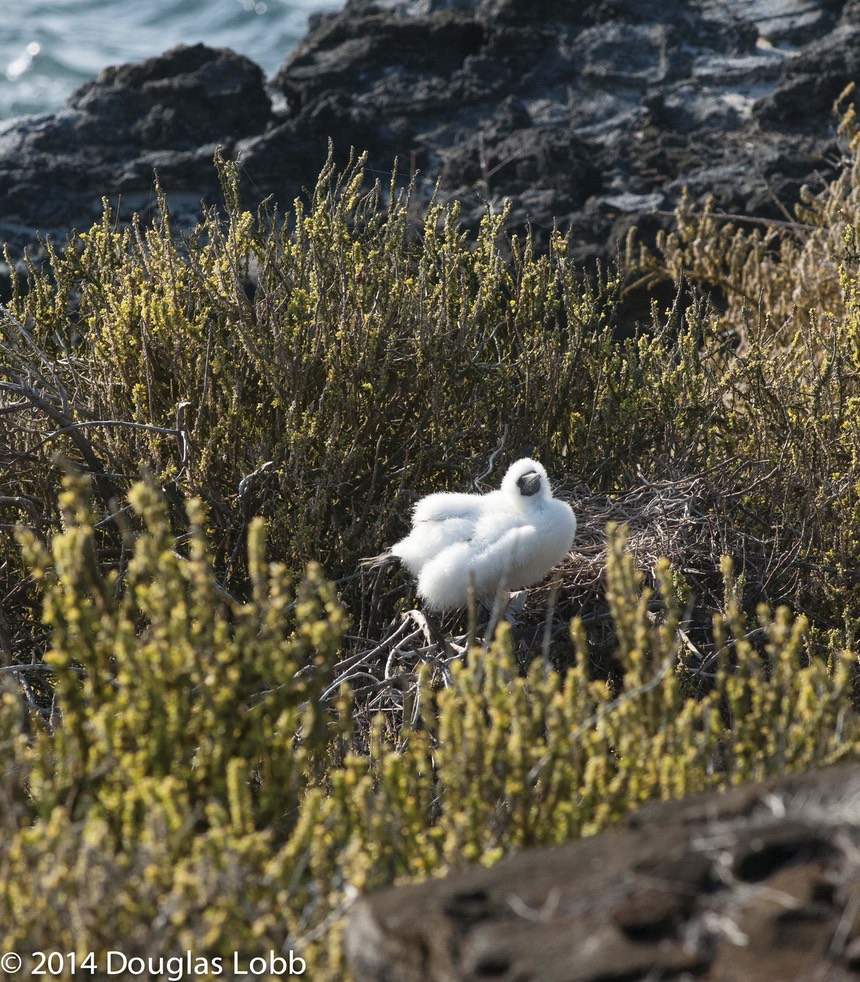
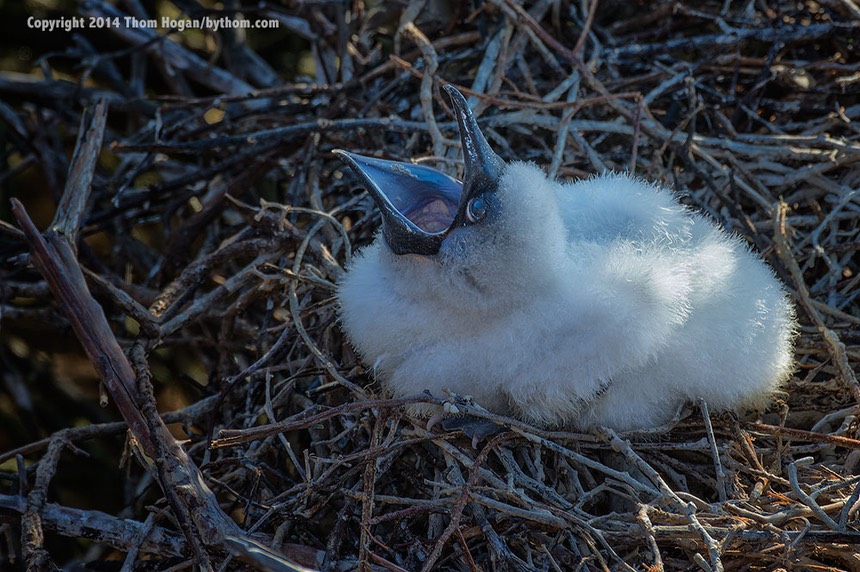

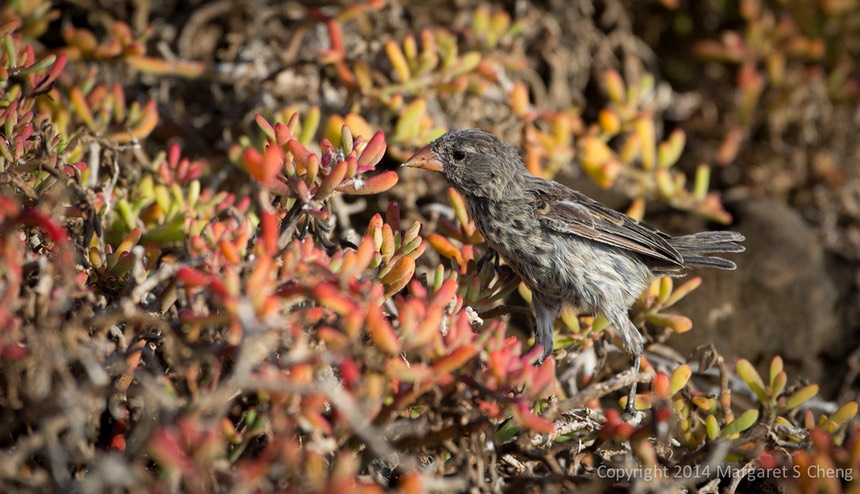
Unfortunately, feral animals got into the mix. In particular, feral rats and goats. The boobys were all impacted by this, and obviously moved their nests. Eventually the park service eradicated the feral animals from the area, but you still wouldn’t want humans wandering through until the bobbys had fully reestablished the area. If humans were present, the boobys might not return. Thus, the park kept Punta Pitt closed for 15 years. It’s only recently re-opened.
The good news is that the feral problem is no longer present. The bad news is that the bird population in the area is now relatively minimal. After hiking up the steep trail to the top of Punta Pitt, we found only a few Red-footed boobys in the area where I had seen hundreds before, and not many of them in good light (the juveniles, you might have noted above, were in poor light). In other words, the area hasn’t fully recovered, which is a shame, because the bluffs are particularly scenic. Yet without hundreds of bird nests, it really seems like something is missing.

I mentioned I love trying to play with signs photographically. Joy and I did different things with basically the same sign today:
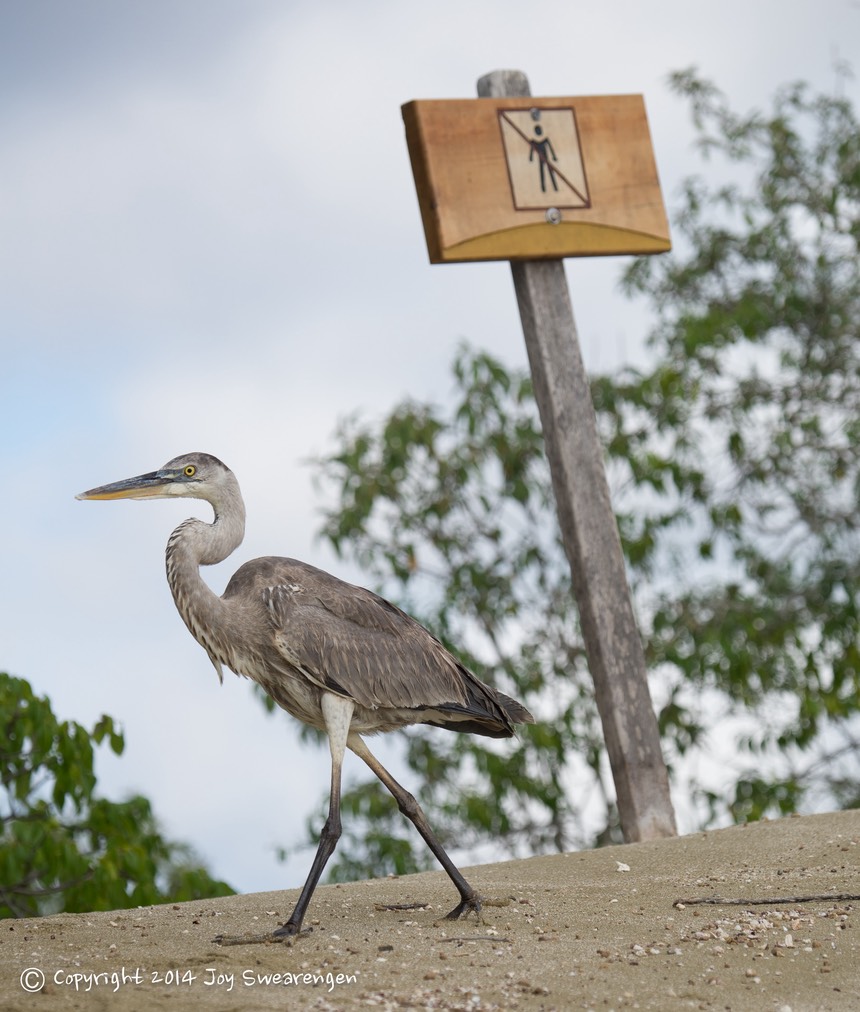
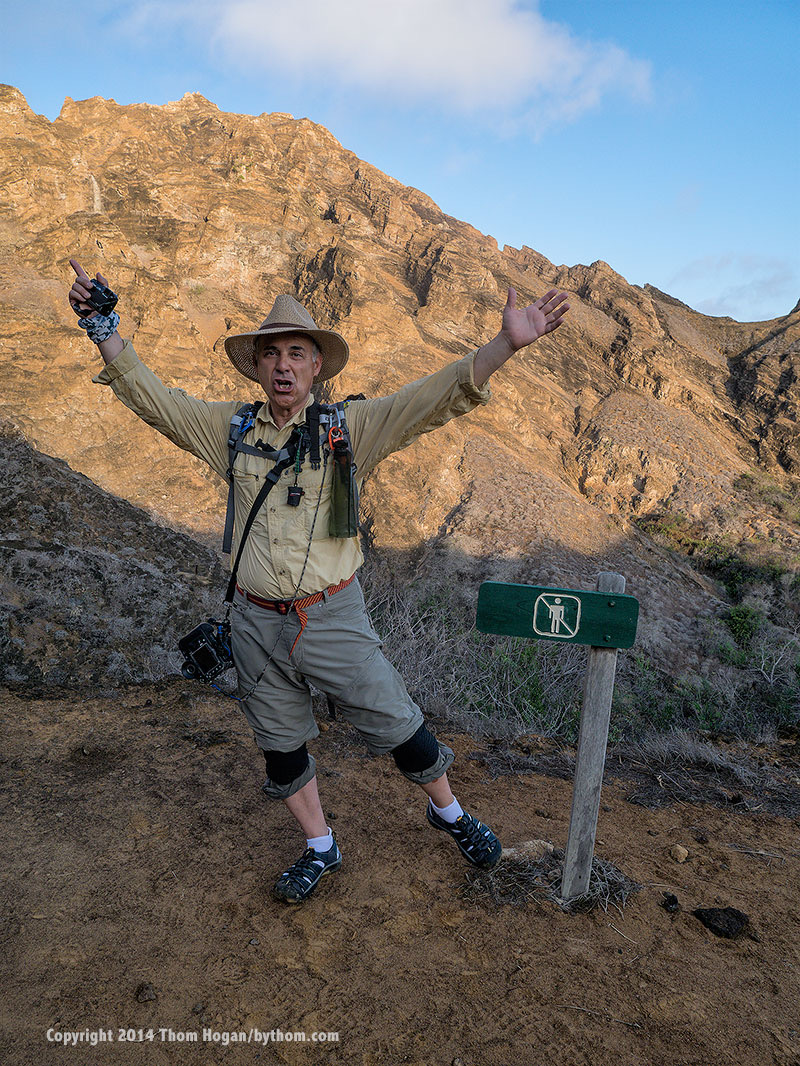
Joy’s interpretation is “no humans,” while mine is “don’t stand with your hands at your sides.”
After our hike, the snorkel in the area produced the opposite result: plenty of sea lions who wanted to play with the swimmers, and plenty of additional underwater wildlife to keep everyone busy.


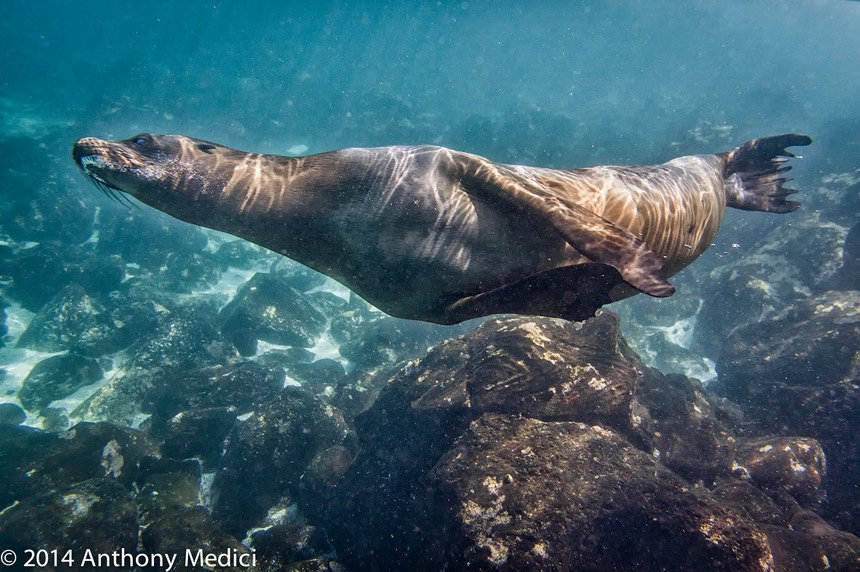
In the afternoon we pulled into Cerro Brujo, a long white-sand beach area, where we enjoyed some beach time to ourselves, at least before the big 48-passenger Eclipse began dropping people on the beach with us. Brujo is one of the places where we don’t have to stay in a tight group with our naturalists, so everyone was soon exploring the tide pools and rock outcrops on their own, finding their own unique pictures to bring back. Personally, I spent most of my time with the Sally Lightfoot crabs, though several of us did manage to wade out to a Blue Heron without disturbing him.
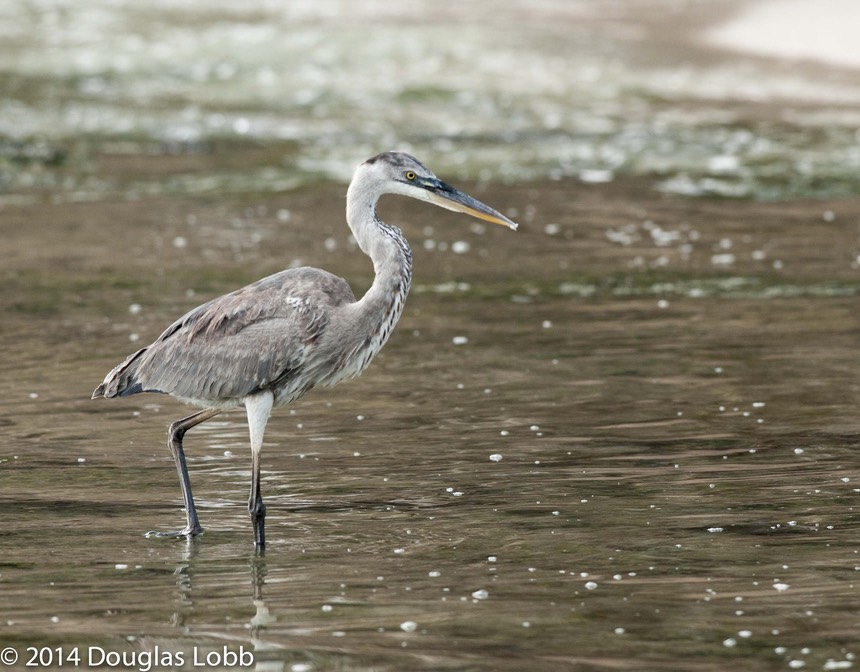

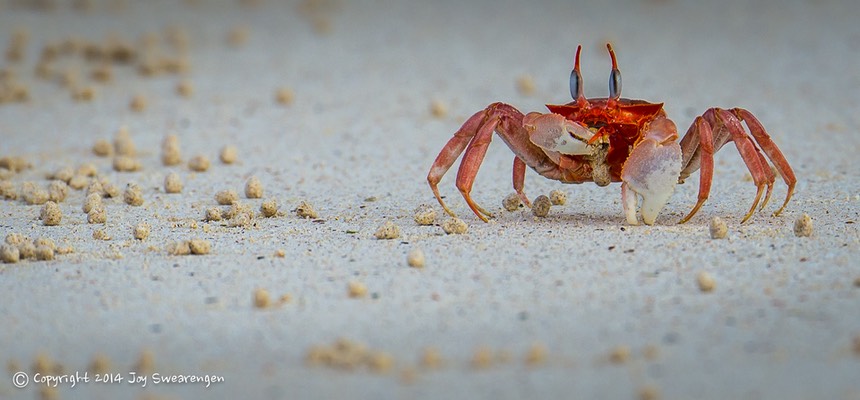
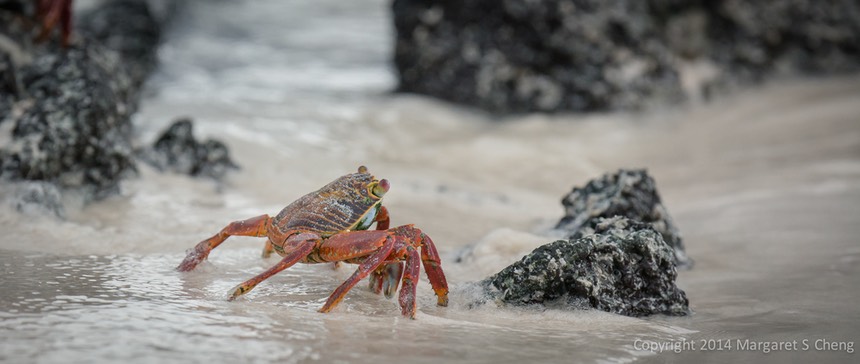
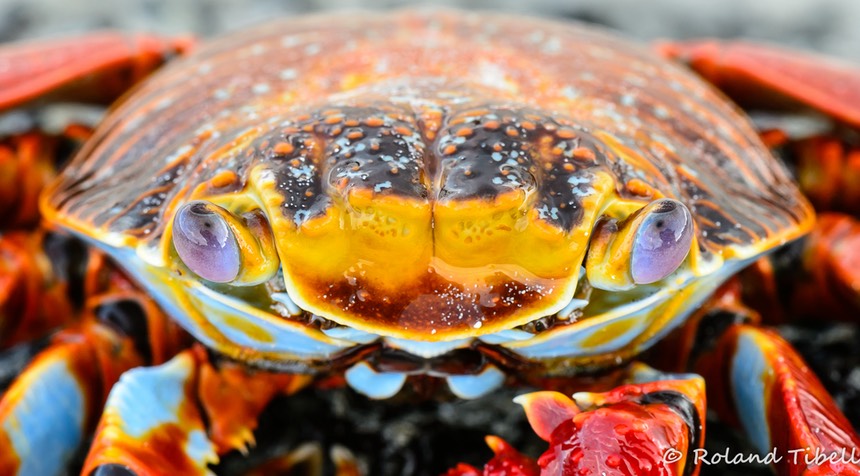
The funny thing is that the animals use the beaches to play, sun bathe, or nap just like the humans.
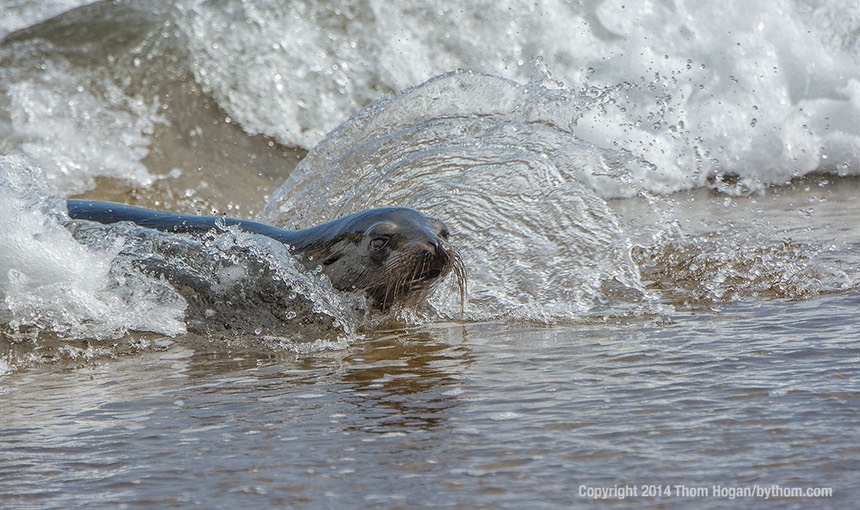

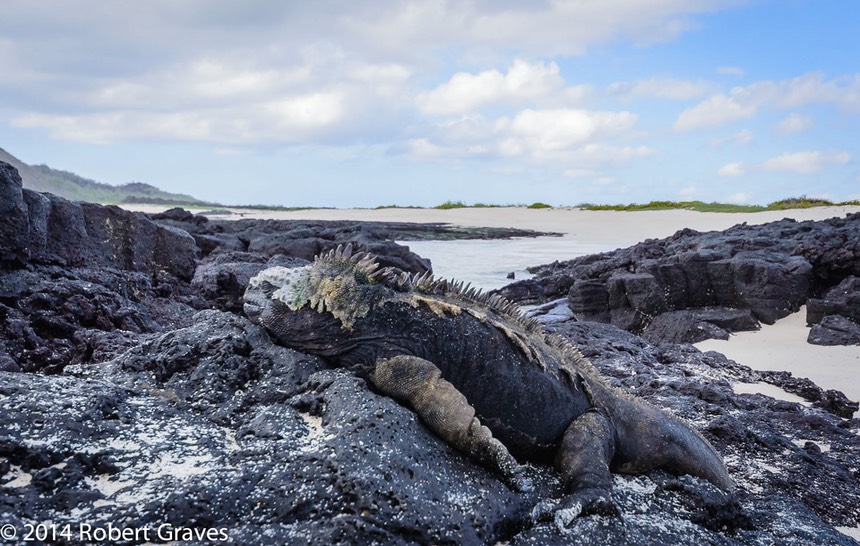
Just across from the beach is Kicker Rock, one of the Galapagos’ two geological features that everyone gravitates to. Our goal was to get out to the rock with the boat just at sunset and shoot from the top deck, a plan apparently shared by another boat, too. Fortunately, the seas were calm, the sun coming through the low clouds just about right, and we had a magical few minutes as the captain nosed the boat into the crevice that makes Kicker Rock so distinctive. While it looks like the rock split to form the narrow channel, this is actually just erosion at work. There was a softer layer of rock that, over time, has completely worn away to give us the unique split. What’s really interesting, though, is how many different takes there were on just this one distinctive landmark:
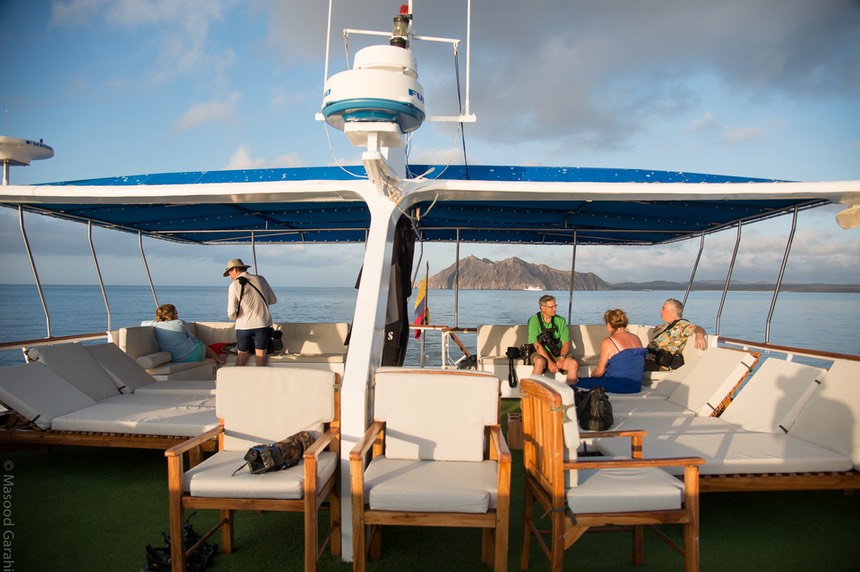


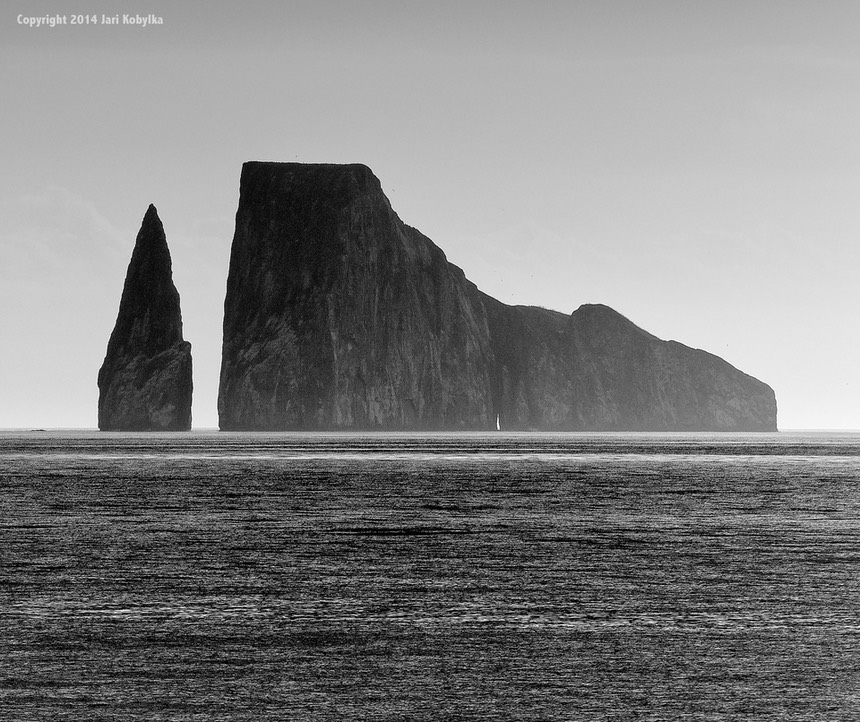
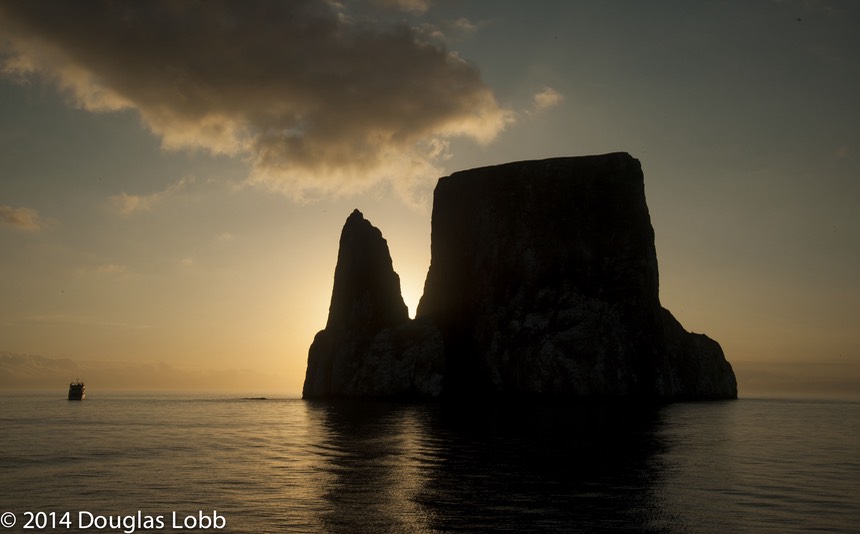
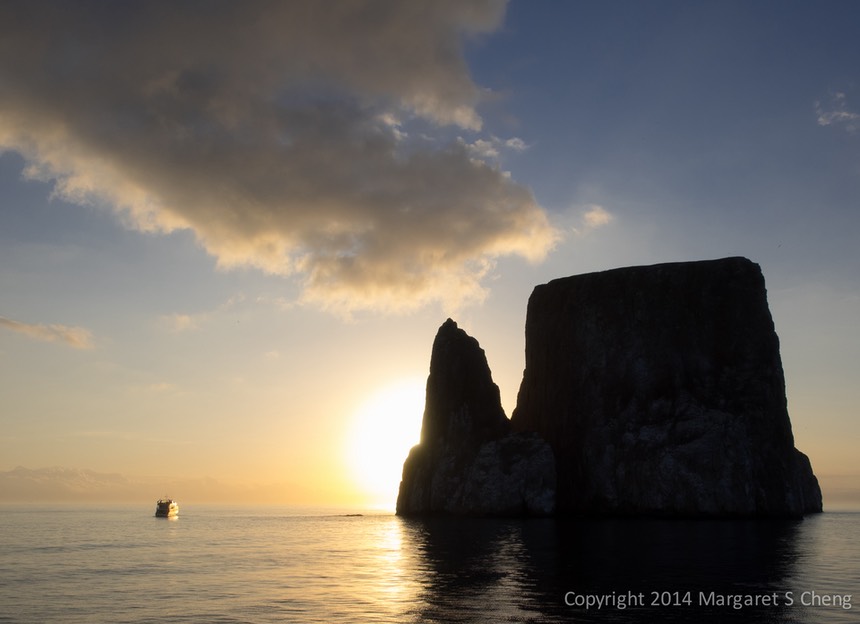
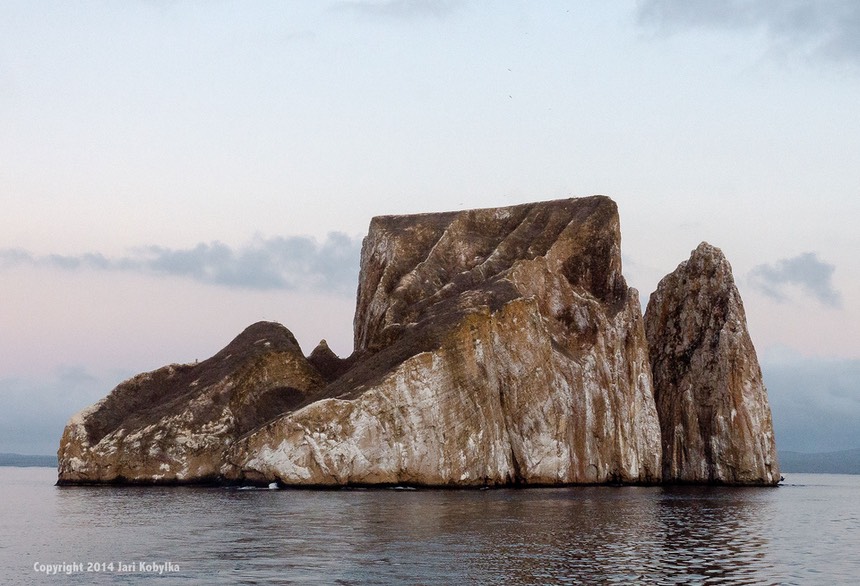
Remember when I wrote that I like “broody” shots? Well, here’s how I went with Kicker Rock with a quick bit of post processing:
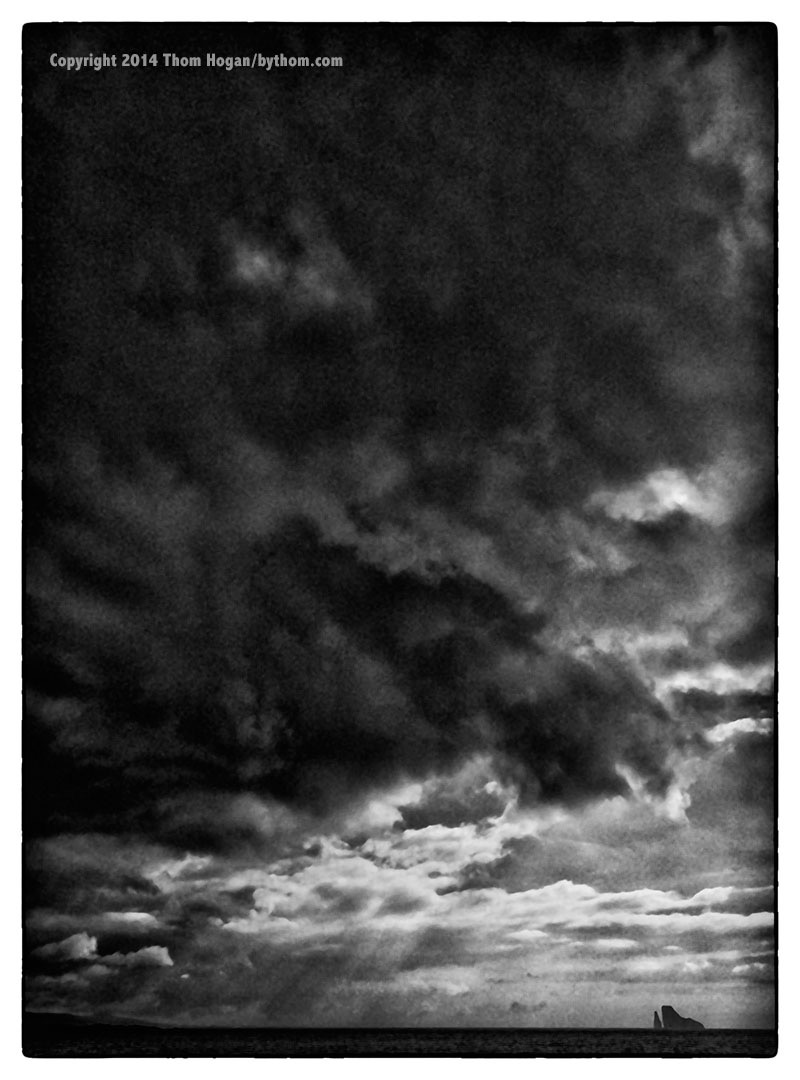
Landings: Punta Pitt is a wet landing in a protected cove, generally very gentle; Cerro Brujo isn’t as protected, but is also a wet landing that tends to be very gentle.
Significant New Sightings: Maybe the heron. I can’t remember if we’ve already seen one.
